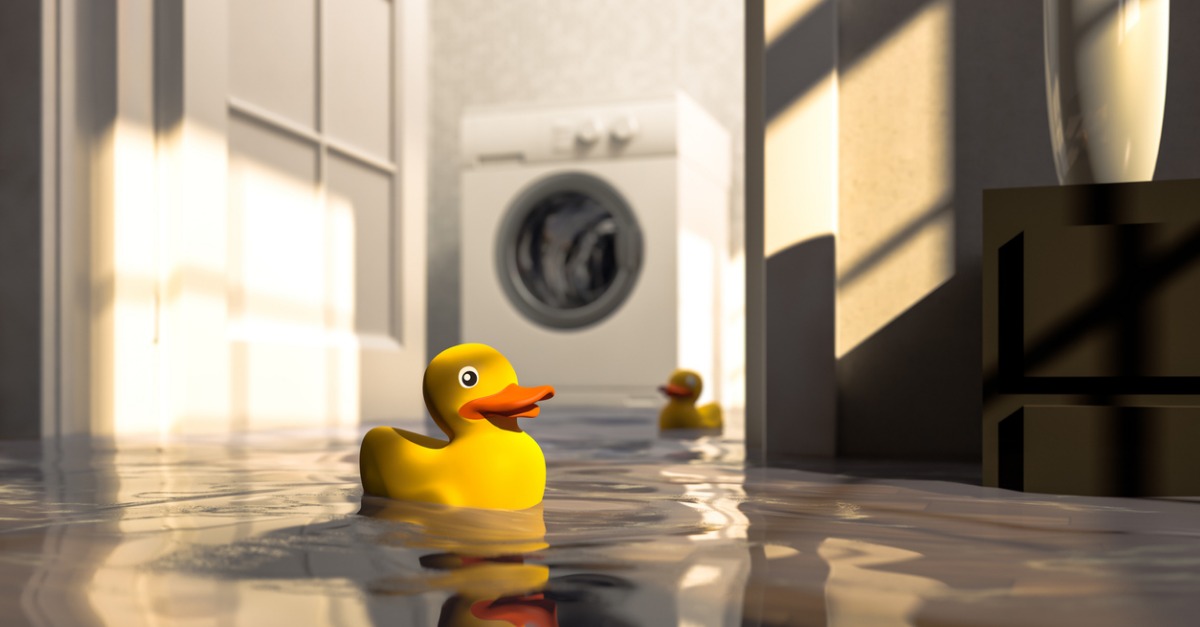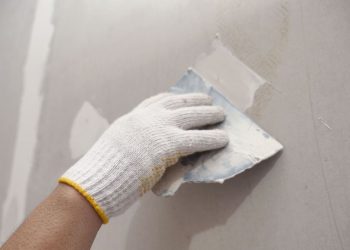As a homeowner, one of the last things you want to discover is water in your basement. Whether it comes from a rainstorm or a burst pipe, even a small amount of water can have devastating results.
Take action immediately. If you find water in your basement, shut off the electricity before you enter the area. Water conducts electricity, which means that entering a flooded basement with the power still on could put you at risk of serious injury.
If it’s coming from a burst pipe, shut off the water immediately. If you don’t know how to do this, either ask someone to help you or call a plumber.
Dry out the basement. Depending on the amount of water in the basement, you might be able to remove it yourself. If there’s a relatively small amount of water, clean it up with a mop or towels. A little more water will be manageable with a wet/dry vacuum. For several inches of water, you might need a sump pump. If you don’t have one, try borrowing or renting one.
Check for damage. Once the water is cleaned up, assess the damage. Wear gloves and a face mask to protect yourself from contaminated water and mold.
If you have a finished basement, you’ll need to remove the carpet if it’s wet, as the floor underneath is most likely still wet and will not be able to dry out with wet carpet on top. If there were several inches of water in the basement, it’s likely that the drywall and the insulation behind it are also damaged. Both will need to be replaced to prevent mold, which could cause health problems for your family. If you don’t know how to do this type of repair work yourself, call a contractor or a restoration professional who specializes in water damage.
Is your basement furniture wet? Hand dry whenever possible or leave it outside in the sun, weather permitting. You can also put it in a dry room and use fans for circulation. After the furniture has dried, check it for mold—if you spot any signs, have it professionally cleaned or trash it.
Have any electronics in your basement inspected by a professional to check for damage. Even if there’s no obvious damage, water could have gotten inside equipment.
Lastly, call your homeowners insurance company. Depending on the type of coverage you have, your limits and the cause of the water damage, all or part of the repair and replacement costs could be covered.











